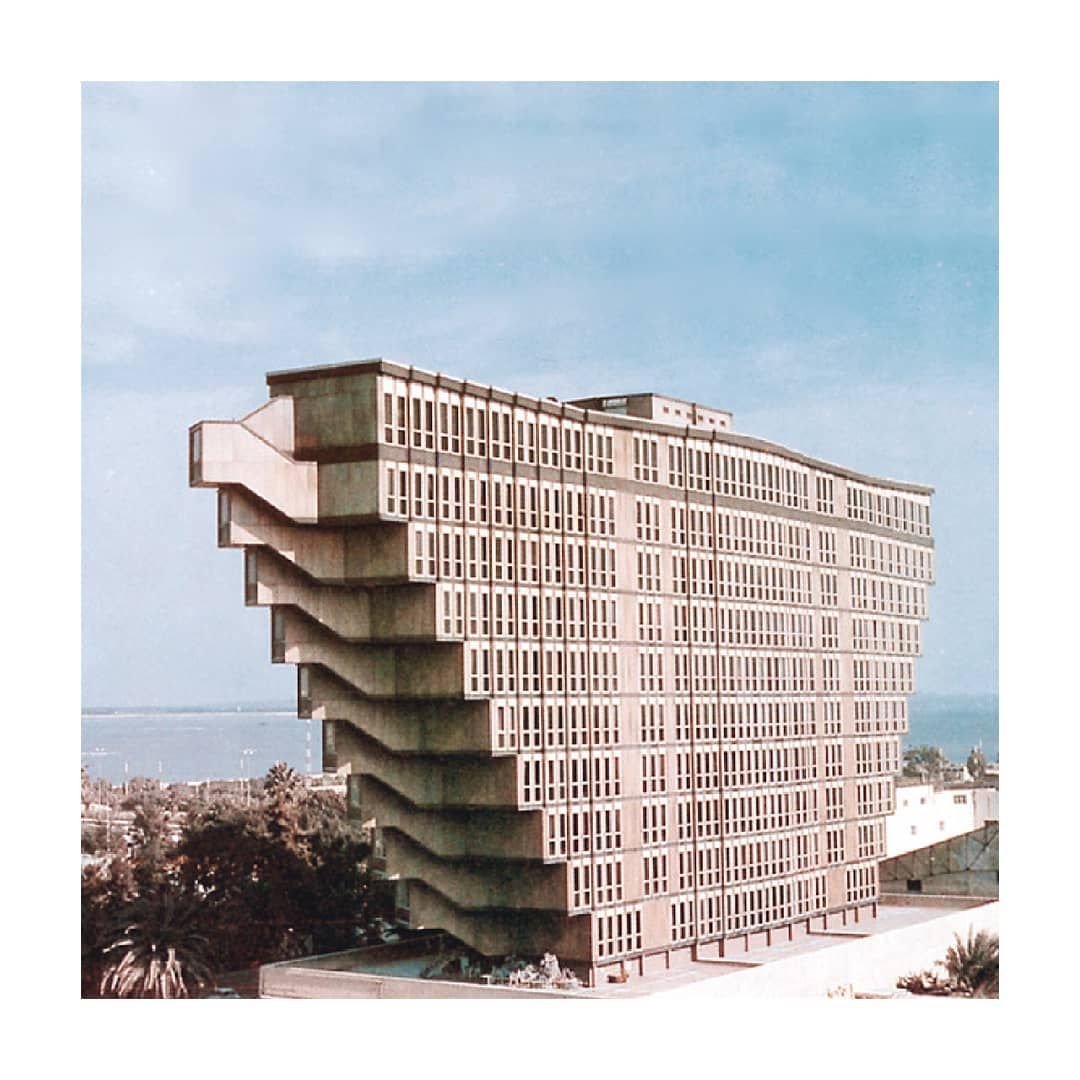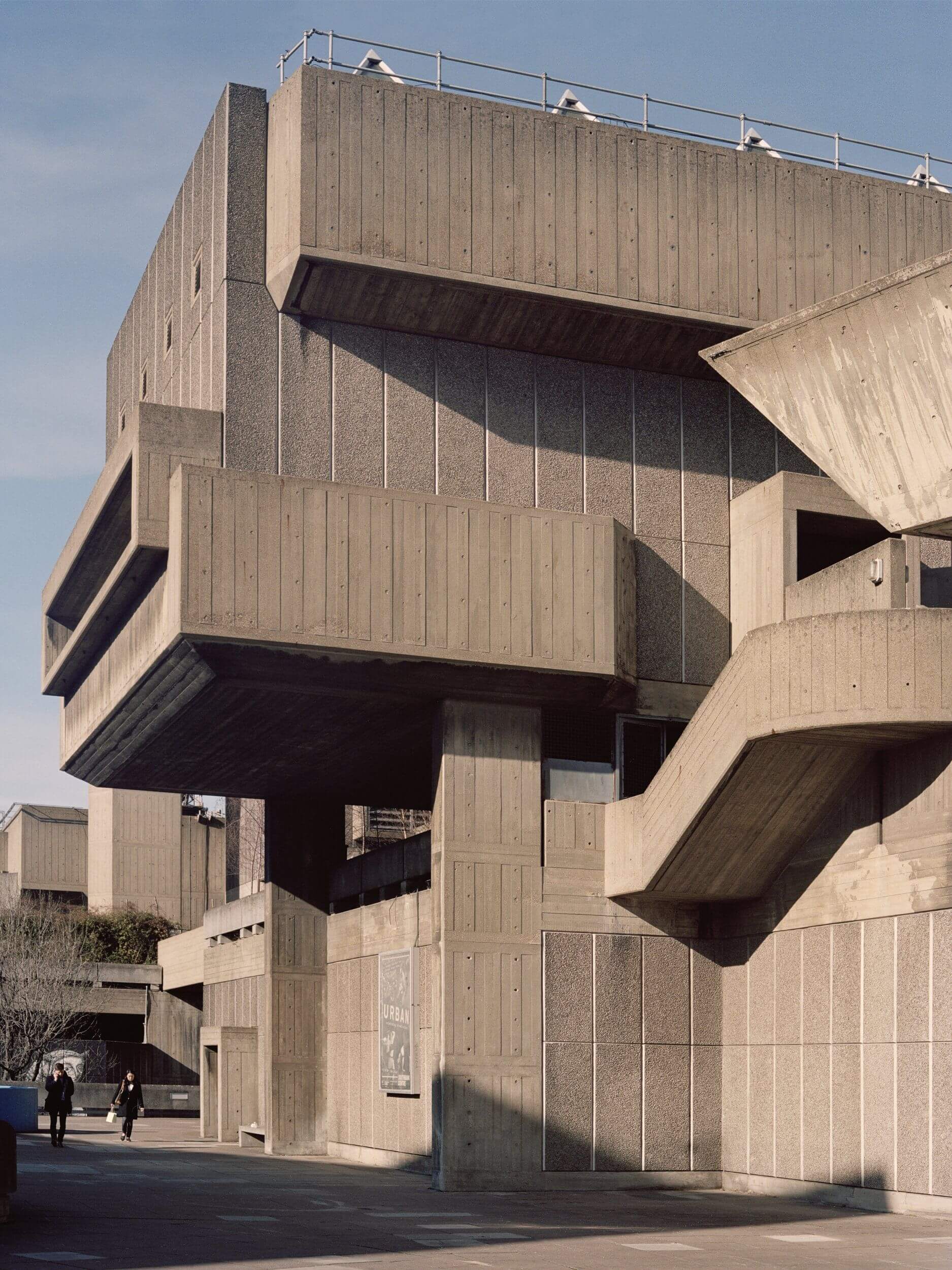Here's Everything You Need to Know About Brutalist Design
Table Of Content

Prior to its renovation in 2016 when it was clad in metal, shopping mall and commercial center TripleOne Somerset showed its Brutalist roots through a raw concrete façade. Influenced by the design of Boston City Hall, the building has an emphasis on the horizontal. This is evidenced by the protruding rows of staggered fins that create movement and provide shade. Since it was constructed in the 1960s, Boston City Hall has divided public opinion. There are many who consider it an ugly building, while others applaud it as a fine example of American architecture.
Collcoll hides stairs and seats in pixellated wooden structure at Pricefx office
An overview of brutalism including its origins, key features, and examples of brutalist web design. If there was any lingering doubt that Brutalism — the architectural style derided for everything the name implies — was back in fashion, the “Atlas of Brutalist Architecture” quashes it with a monumental thump. At 560 pages representing some 878 works of architecture in over 100 countries, the outsize volume is part reference tool, part coffee table book, and certainly part of an ongoing design trend favoring big, big books. Despite a decade or so of unexpected popularity, at least among architects and planners, Brutalism went out of favor by the mid-’70s.
Neo Brutalism & its Impact on User Experience
That means the transitions between states or elements are straightforward, avoiding unnecessary effects that you see in the other traditional designs. In addition, Flashy or attention-grabbing animations are typically avoided. Whenever you observe the designs of Neo brutalism you will see that they are bold and raw. Therefore, it is recommended to go for raw shapes instead of soft shadows and bright gradients.
Free your inner design rebel with brutalist cues
There’s no ornamentation, no clutter, no flashy upholstery nor busy wallpaper. Add in the fact that most of the world was born and has lived fully among the industrial elements it harnesses, and this approach can be strangely comforting. “Perhaps it’s the appreciation for contrived forms juxtaposed with raw materials or the desire for something that feels solid and grounding.
The Dezeen guide to Brutalist architecture
Visitors shouldn’t be burdened by excessive content, distracting features, or slow-loading pages. You just need to know whether that’s the right kind of light you want to shine on the brand. If it’s not properly executed or not used for the right kind of brand, it can send the wrong signals to website visitors. Bloomberg’s heavily antidesigned conference site gained attention for being intentionally chaotic and disorienting. You have to see the animation to truly appreciate the scale of this antidesigned UI.
The heavy hand of God: Europe's brutalist churches – in pictures - The Guardian
The heavy hand of God: Europe's brutalist churches – in pictures.
Posted: Thu, 07 Mar 2024 08:00:00 GMT [source]
Perfecting Your Digital UX Design — The Tips You Need to Know
The Legacy of Brutalism on Morocco's Post-independence Architectural Landscape - ArchDaily
The Legacy of Brutalism on Morocco's Post-independence Architectural Landscape.
Posted: Wed, 06 Mar 2024 08:00:00 GMT [source]
For reference, you can check the below example where you will see simple CSS Buttons and a nav bar with no advanced styling. In California, Brutalism has played a significant role in shaping the state’s architectural landscape. From the famous Salk Institute in La Jolla to the iconic City Hall in San Francisco, California is home to some of the most notable examples of Brutalist architecture in the United States. These elements, combined, create a design language that's bold, impactful, and unafraid to challenge conventions. Imagine text spilling across the page, images cut off at odd angles, or elements defying the design norms.
Colors
However, before you launch a complete site makeover, Derby cautions you to consider that the trend may drop off as fast as it arrived. “There is a purity and simplicity to it,” King says of brutalism’s design tenets. Most websites put us on autopilot with their familiar layouts and ordinary navigation. We’re able to get to the content we’re after without putting much thought into it. Brutalism smashes our expectations of how a website should look and function.
Reyner Banham
This use of materials "as found" was in deliberate contrast to the elegant curving roof, neat tiling and timber detailing of Leslie Martin and Robert Matthew's Scandinavian-influenced Royal Festival Hall – the type of Modernism the Smithsons had in their sights. For Banham, who became something of a cheerleader for the New Brutalism, Hunstanton was "almost unique among modern buildings in being made of what it appears to be made of". So stark was the result, he was moved to suggest that the New Brutalism constituted an ethical, as much as an aesthetic, proposition. Designing something that fulfills a function, but does not add color and joy to the experience, will inevitably divide opinion and drive away a lot of users. Humans have a hardwired attraction to curves and bright colors, and, as we saw in the examples above, many Brutalist buildings successfully incorporate both. Moreover, it was mainly low-end Brutalist structures—“concrete boxes”—that gave the movement a bad name, by failing to include these humanizing touches.

You can use furnishings to achieve drama, even if your home’s structure isn’t sharp and modern. “Prioritize furnishings with clean geometric forms and opt for bold statement pieces that highlight the raw beauty of materials,” says Choui. “To embrace a Brutalist aesthetic, start by decluttering and removing nonessential decor,” says Choui. Gallery walls and meticulously styled shelves of keepsakes are not part of Brutalist interiors. Aim to eliminate clutter, including reducing items in a room and avoiding visual clutter like busy patterns.
Brutalism taken to the extreme might create too jarring of an experience for them. So, striking a good balance between brutalism and modern minimalism will be a safe way to play around with this technique. Using basic colors like black, white, and natural colors like grey, tan and copper will make a website feel more solid, too — like the physical structures they’re modeled after.
Brutalism may have had its roots in the 1950s architecture of Europe, but the Internet has been dabbling with this web design trend for decades now. That said, brutalist design isn’t like modern design trends like minimalism or flat design that are here to stay. While many brutalist websites share these traits, the designs aren’t always executed in the same manner — especially when web designers infuse brutalism into modern design techniques. For instance, the Whitney Museum website contains a predictable structure by today’s web design standards while also utilizing lots of imagery. This stunning church designed by Fritz G. Mayr was built in 1976 and is one of the most popular Brutalist buildings. Wotruba Church showcases blocks of a variety of sizes but still details the concrete predominately used in this style.

For those on the left of the political spectrum, the destruction of Britain's Brutalist legacy is nothing more than an attempt to erase that brief moment of socialist housing policy from collective memory. But this largely belies the fact many that many housing estates erected in utopian fervour failed on their own terms, revealing the inherent shortcomings of intertwining architecture and social policy – and, often, of the buildings themselves. Although the theoretical roots of the New Brutalism were decidedly British, even English, rough sculptural buildings of raw concrete rose all over the world during the 1960s and 1970s. From Paul Rudolph's Yale Art and Architecture Building (completed in 1963), to Paulo Mendes de Rocha's Brazilian Museum of Sculpture in São Paulo (completed 1988) and Kenzo Tange's Kuwait Embassy in Tokyo (completed 1970), raw concrete became a global language. Many examples of Brutalist architecture still stand in the United States, including the Litchfield Towers constructed in Pittsburgh in 1963 with a cylindrical design for three 22-story residential housing towers for 2,000 students at the University of Pittsburgh.
Championing simple, geometric designs and bared building materials, the trend was in large part a reaction against the ornate, over-designed structures of preceding decades. The main philosophy of this design is rooted in the belief that architectural design should prioritize functionality, honesty, and social purpose. Similarly, designs that prioritize simplicity, functionality, and a departure from the sleek and polished designs are called Neu Brutalism or New Brutalism Designs.
Comments
Post a Comment